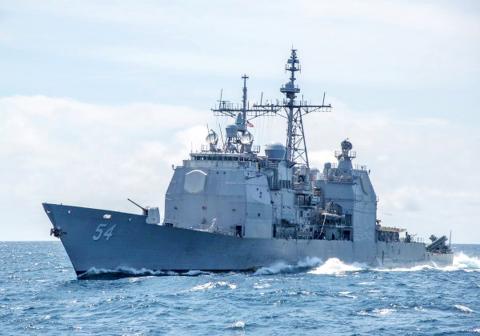
These end bosses are in the classic arcade tradition ¿ huge monsters that will require you to figure out their attack patterns in order to win. After you've managed to save an entire region, you'll have to destroy the alien who was attacking it. Each level is split up into several familiar waves where you'll be in charge of clearing the sky of missiles and eliminating any nasty invaders who might be around. Here the game offers up a storyline explaining a little bit more about why you're shooting missiles into the sky, introducing a new Earth defense force called Missile Command. A timely and terrifying message for those who grew up with Ronnie's shaking finger on The Button.Īlthough the Classic mode is fantastic, the real action in Missile Command 3D is found in the game's new Ultimate Mode. Eventually you'll falter (either missing a target or using so much ammo that you can't fire any more) and have to watch as the cities under your protection are turned into so much dust. If a missile hits one of your cities, it'll hurt your score ¿ if a missile hits one of your defense centers, you'll be unable to use it for the rest of the level (and perhaps even longer than that). On each successive level the plummeting missiles get faster and faster and you'll also have to fend off new and more dangerous enemies as well. When the missiles find their targets, they blow up in a round cloud, destroying any enemy weapons unfortunate enough to avoid them.

By pressing the 'a', 's', and 'd' keys, you launch missiles from your defense units towards a target on the screen, which you move with your mouse. Each level you are confronted with a swarm of incoming missiles aimed at your defense centers and the cities that they protect. Players found it very difficult to look at the panel, figure out what information they needed, then go back to the screen – it was like closing your eyes for a few seconds in the middle of all the mayhem going on.Missile Command's 3D Classic mode is as simple and addictive as the original game. However, during the field testing, the universal feedback was that it was nothing more than a distraction. It was an imposing piece of design, that played into the immersive nature of the subject matter. This large panel was lit with incandescent bulbs and was intended to inform the player of the status of their game at any point. So, a nice idea in theory, and one that creates an interesting backstory, but did players really need it? What did it add to the core of the game? The answer as it turned out, was “not much”.īut perhaps the biggest U-turn, was the removal of the huge attract panel from the prototype version of the game. Theurer himself references this whole idea at the foot of the play area as being a ‘dynamic ecosystem’, where the cities were making the missiles, the railroads were transporting those missiles from the cities to the bases to restock them and so if one of those things got taken out, your ability to defend yourself was severely compromised. But it quickly became clear that having large parts of the display literally disappear as the radar swept across the screen was far from practical.Įarly brainstorming sessions threw up a multitude of other ideas that on paper sounded interesting, but ultimately had to be left out of the final game: The suggestion of players interfacing the game through a radar screen was actually implemented early in development by the two young programmers. The proposal was that this gameplay environment would be represented as a radar display. The initial brief from their boss, Steve Calfee, described a scenario where the player protects bases along the Californian coastline from an onslaught on enemy missiles.

Here are a few features originally intended to form part of Missile Command that ultimately ended up on the cutting room floor. Ideas were programmed, tested and then would live or die depending on feedback from colleagues and players. Creating Missile Command was something of a journey.

In creating the original coin operated version of Missile Command, its programmers Dave Theurer and Rich Adam would ultimately leave a great deal out of the finished product. As the Guinness world record holder on Missile Command, Tony shares some insight into the challenges faced by Atari when creating this iconic arcade title. Tony Temple is the creator and owner of and author of Missile Commander: A journey to the top of an arcade classic.


 0 kommentar(er)
0 kommentar(er)
